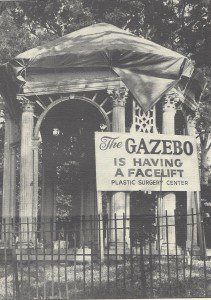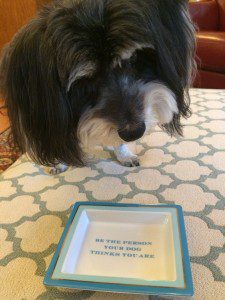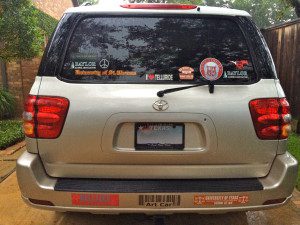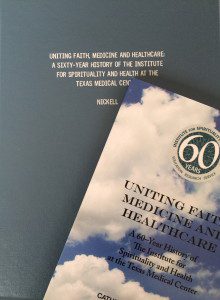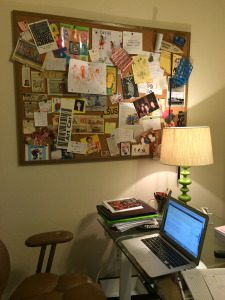That’s Right, I’m Sixty.
Holy Moly, I’ve just celebrated sixty trips around the sun! And … um … I’m not sure how I feel about it. I mean, thirty was flirty; and forty was “the new twenty,” right? Fifty was pretty nifty. But 60? Sixty is mixty … giving me mixed emotions, that is. (I made “mixty” up, but it fits. Feel free to use my new word!)
A lot happened over the last couple of years. There was the Covid chaos, and we all know how awful that felt. But some good things came about too: I finished a middle grade novel, and I became agented by Keely Boeving of WordServe Literary. She and I went out on submission with the novel, and we’re in the process of looking for a publishing home for my manuscript—fingers crossed. Then, my husband and I spent a full year renovating our home that we’ve lived in for over twenty years. And I threw myself a fun birthday party for several close friends.
For a birthday gift, my husband Kevin surprised me with a bottle of 1963 port wine. It has aged as long as I have, except it lived most of its life fermenting inside an oak wood cask. (I’m hoping to stay out of all wooden caskets for a few more decades, lol). I read my new wine bottle’s description online as follows: A pale tawny wine; an assortment of spices combining into a tuned symphony; full-bodied; a long delicious aftertaste. Honestly? That sounds a bit like ME! Pale, spicy, full-bodied … and if I’m your friend, I’ll stick around for a really long time. 😉
There are more words that struck me. “Fresh and surprisingly clean and youthful for its age,” the description reads. Youthful for its age? Hey, I’ll take that explanation! Continuing, “It lingers nicely”—well, so do I! And, “Sexy yet ultimately crisp”—yes and yes, me too (well, my hubby thinks so?). All jokes aside, here’s something even cooler: “The 1963 Colheita Port is an old vines field blend bottled in 2014.” That phrase made me remember what I was doing in 2014, when my birthday bottle of wine was coming out of an old oak cask, finally being bottled into its perfect glass home. That’s the exact year that I came up with the idea for my first children’s picture book, Arthur Zarr’s Amazing Art Car. (The wine and I were doing some special work that year!)
Some of you remember the story. I don’t drive an art car myself, but the concept came to me one morning during rush hour while driving my then-teenage son to school. I used to keep the back of my old SUV covered with various bumper stickers. I joked with my son, Will, that I needed to be a polite driver and obey the laws of the road because my car is so incredibly recognizable. He laughed at me, insisting that no one ever notices me and certainly not my car. During the drive, Will’s comment got me pondering what else—besides bumper stickers—might make a car memorable? That question triggered me to think about art cars, and by the time I finished my morning carpool, the concept for the picture book was born.
I went on to publish Arthur Zarr’s Amazing Art Car, followed by a second picture book, Yazzy’s Amazing Yarn. Those two books have offered me the opportunity to speak to students at over 100 schools (and counting) about writing, publishing, inspiration and creativity. Additionally, I always invite a REAL art car to accompany me, which brings the publishing process—from inspiration to an actual hardcover book—full circle for the children. What began in 2014 as just a little seed turned into my passion business; similar to when my birthday wine left its oak cask, gradually becoming a delicious port wine over the years.
I don’t know when Kevin and I will uncork that pale, tawny 1963 port. I don’t know when (or if) my middle grade novel will be published. But I do know one thing—fine wine takes many years of “mixty-ness” to reach its full potential. So maybe sixty is a little bit mixty for me, too, but I think I’m okay with that.
~ Be Amazing!

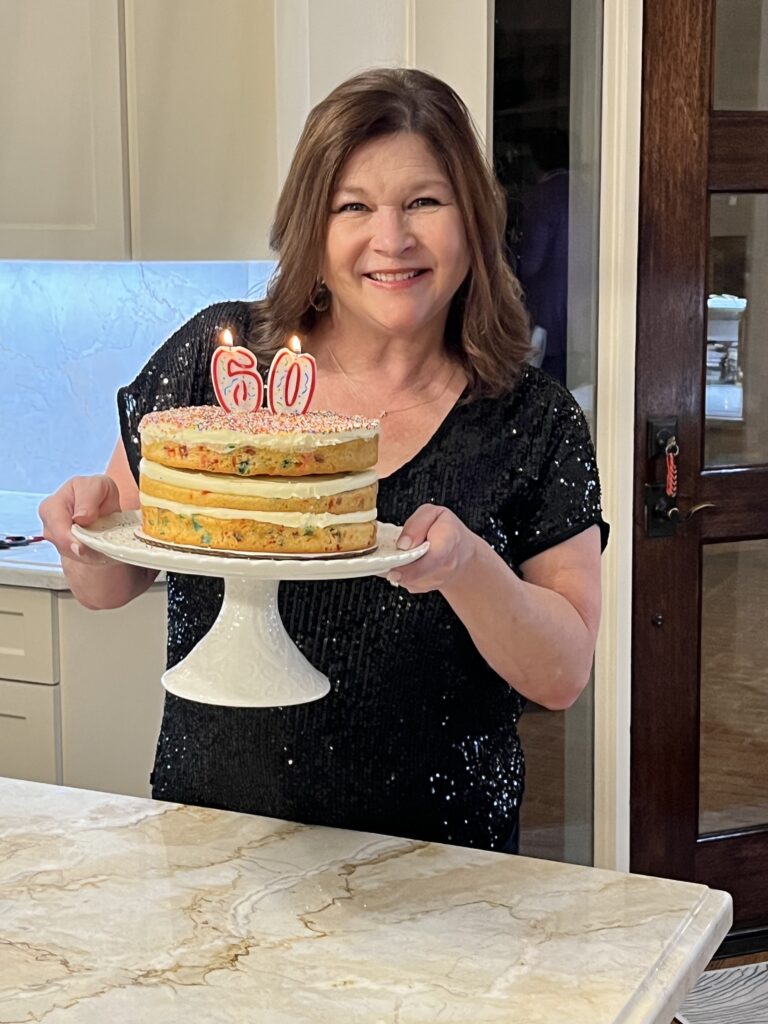
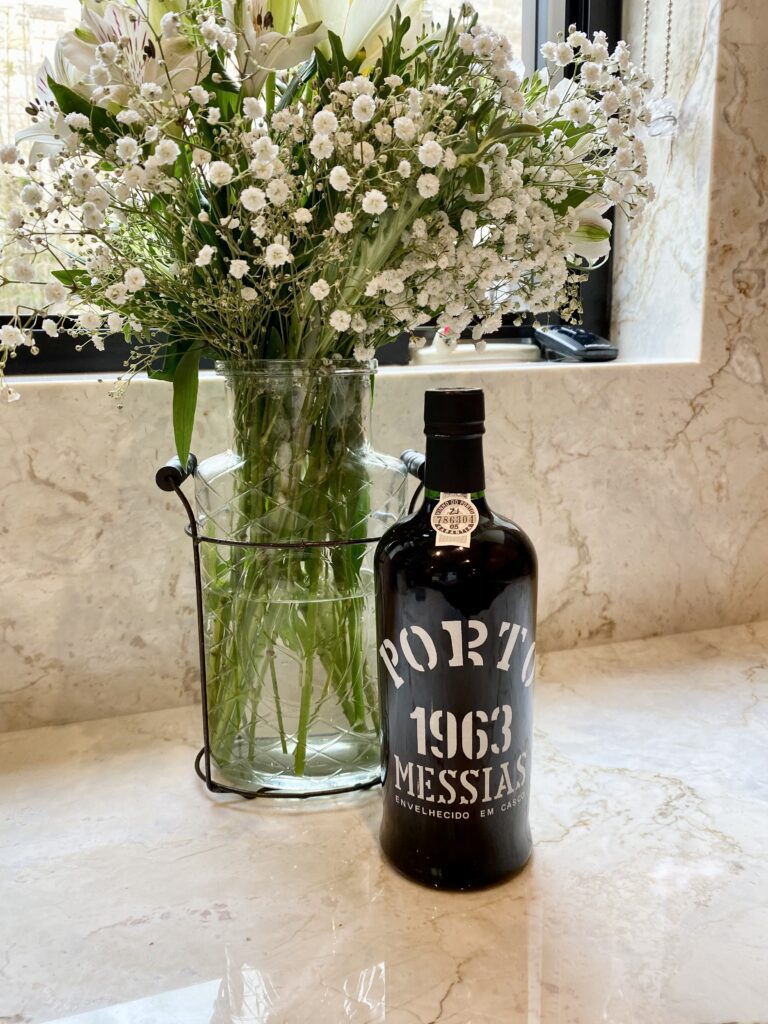
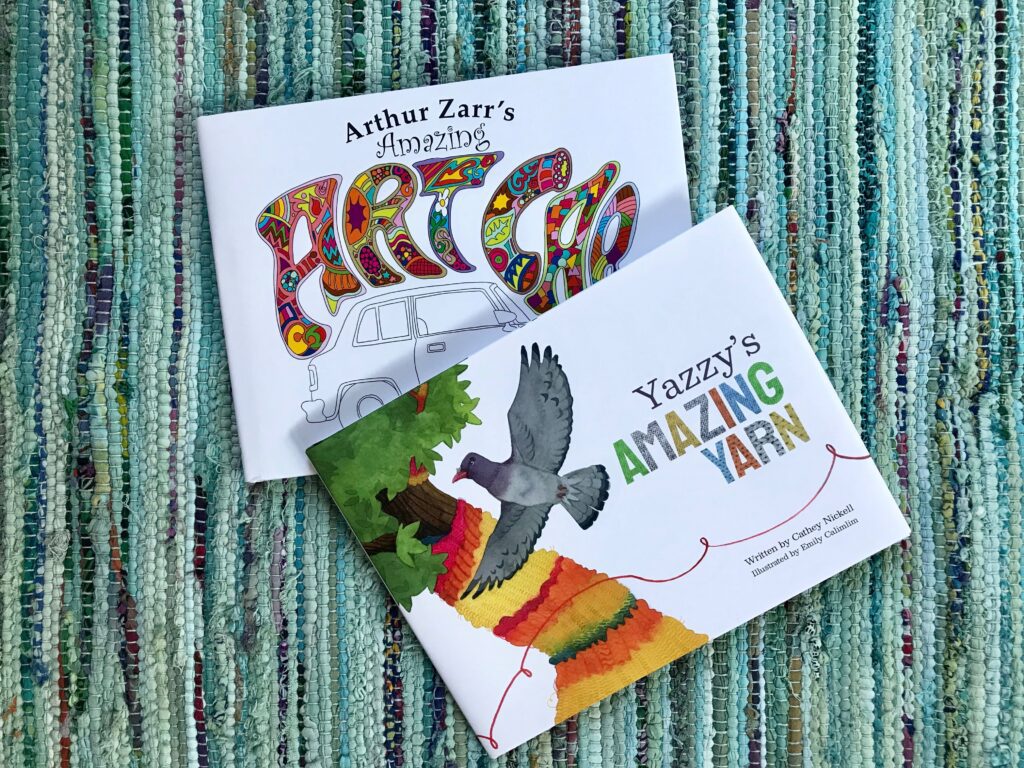
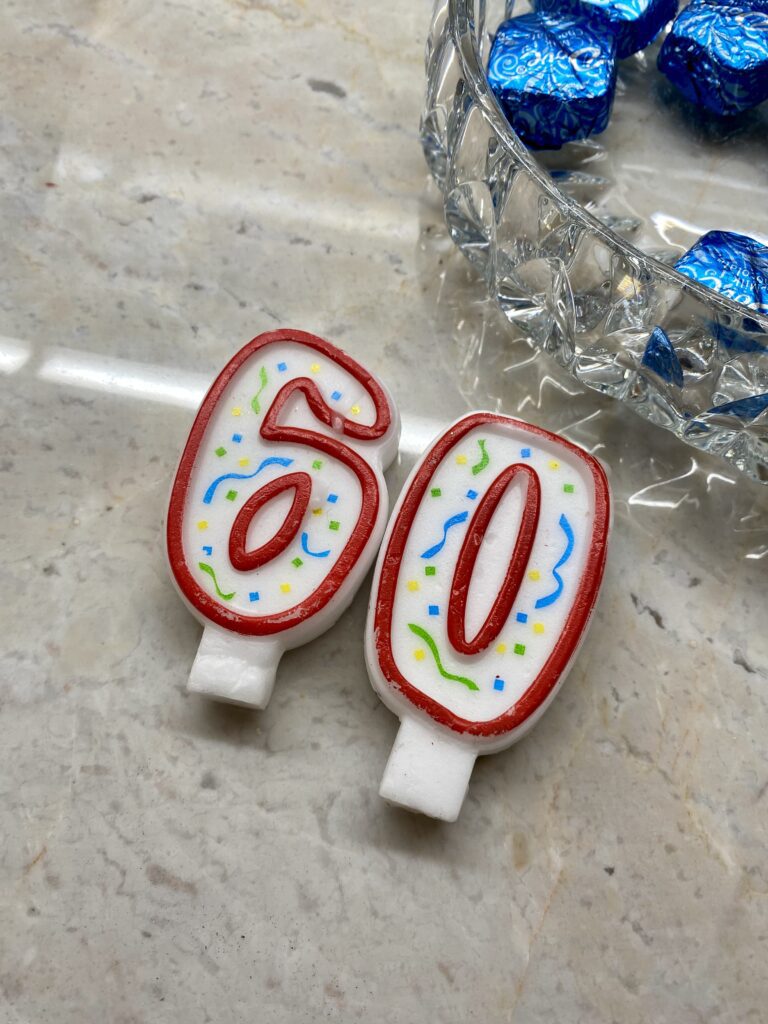
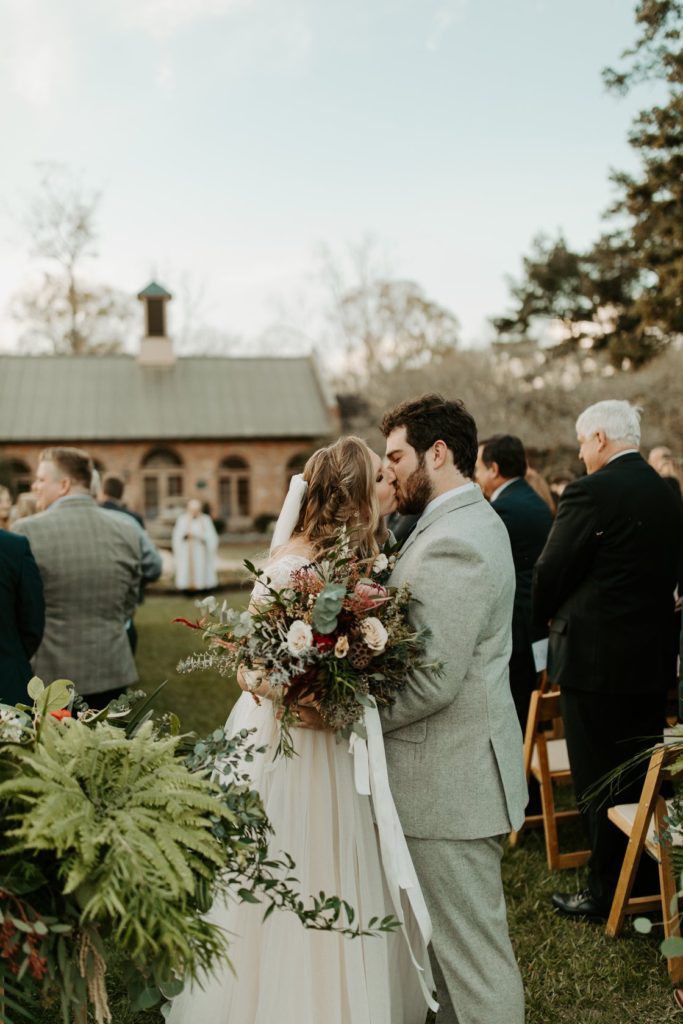
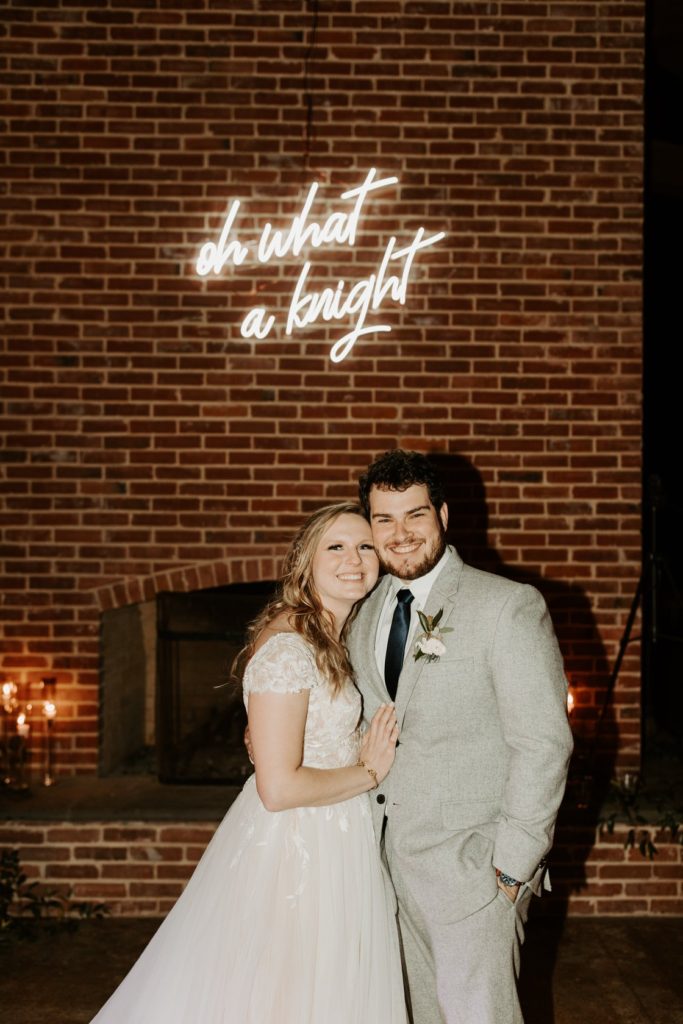
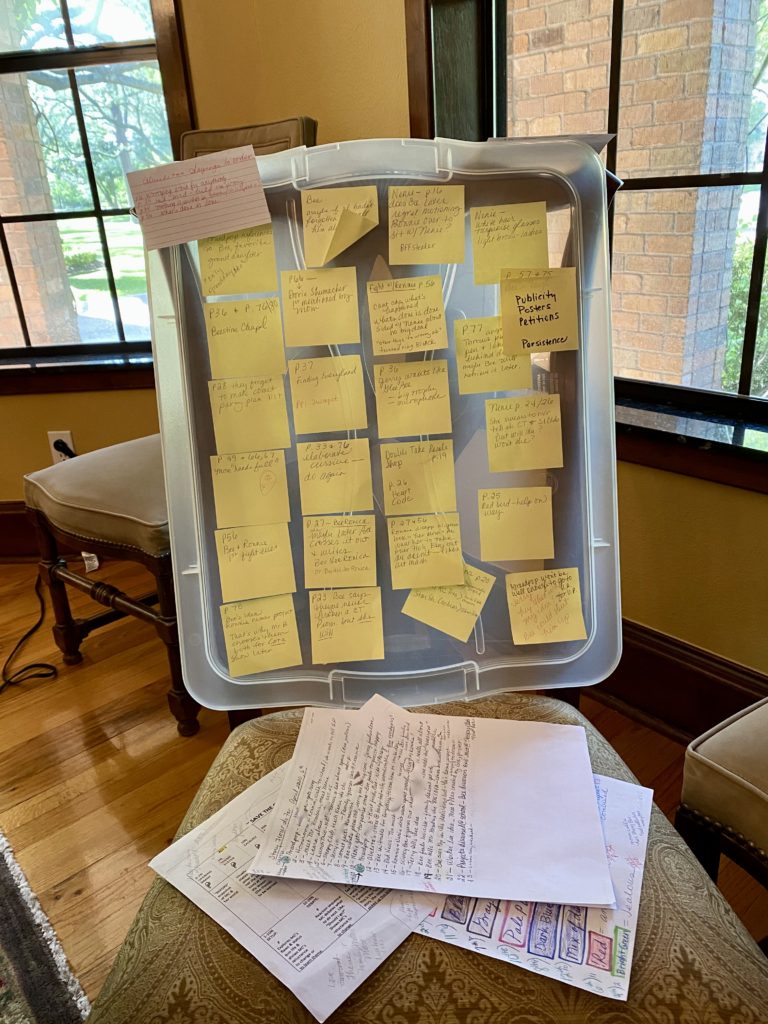
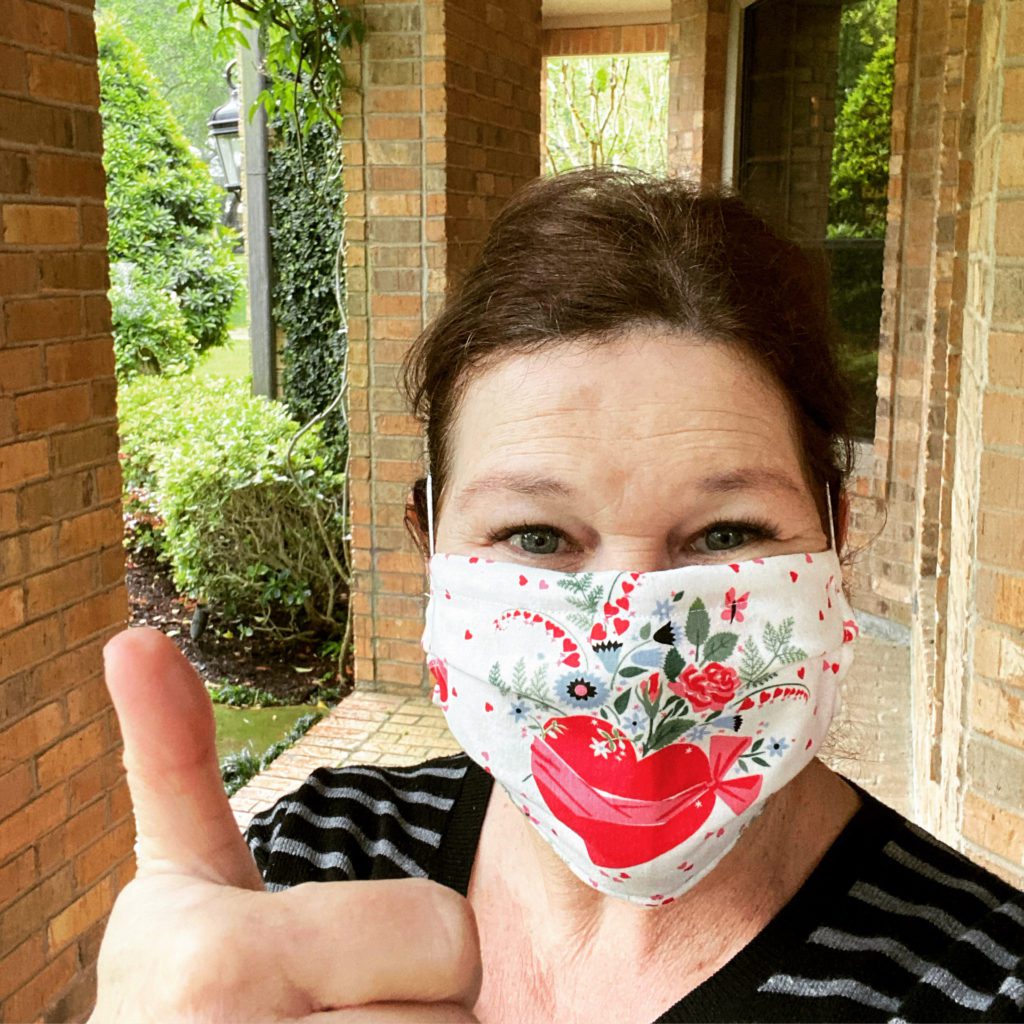
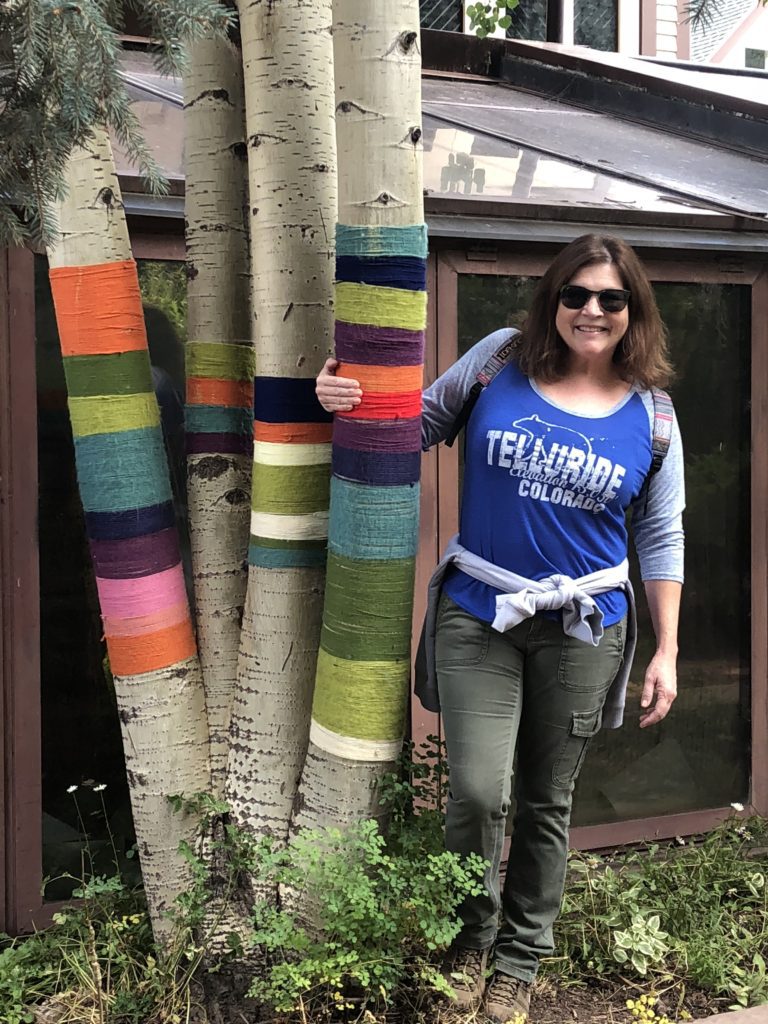
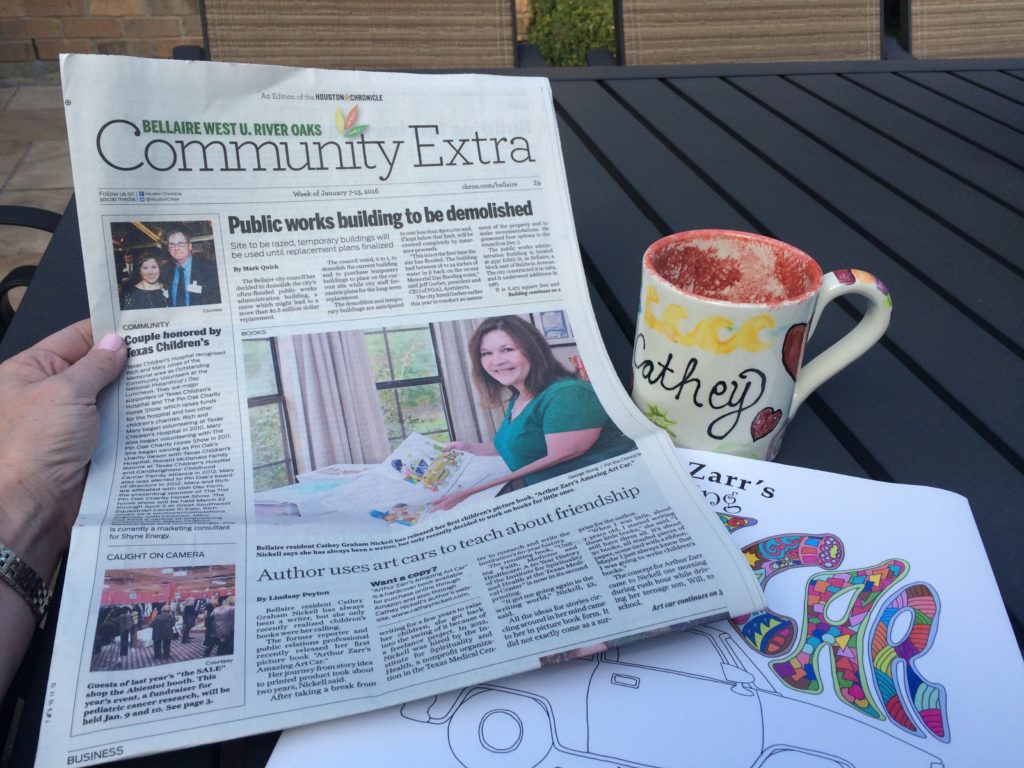
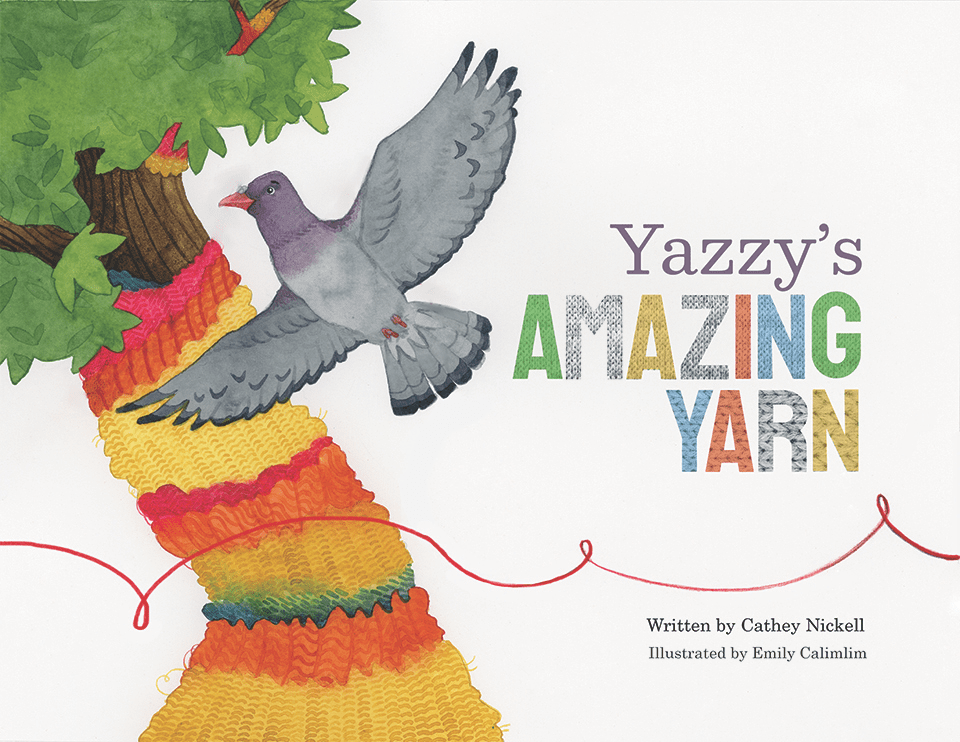

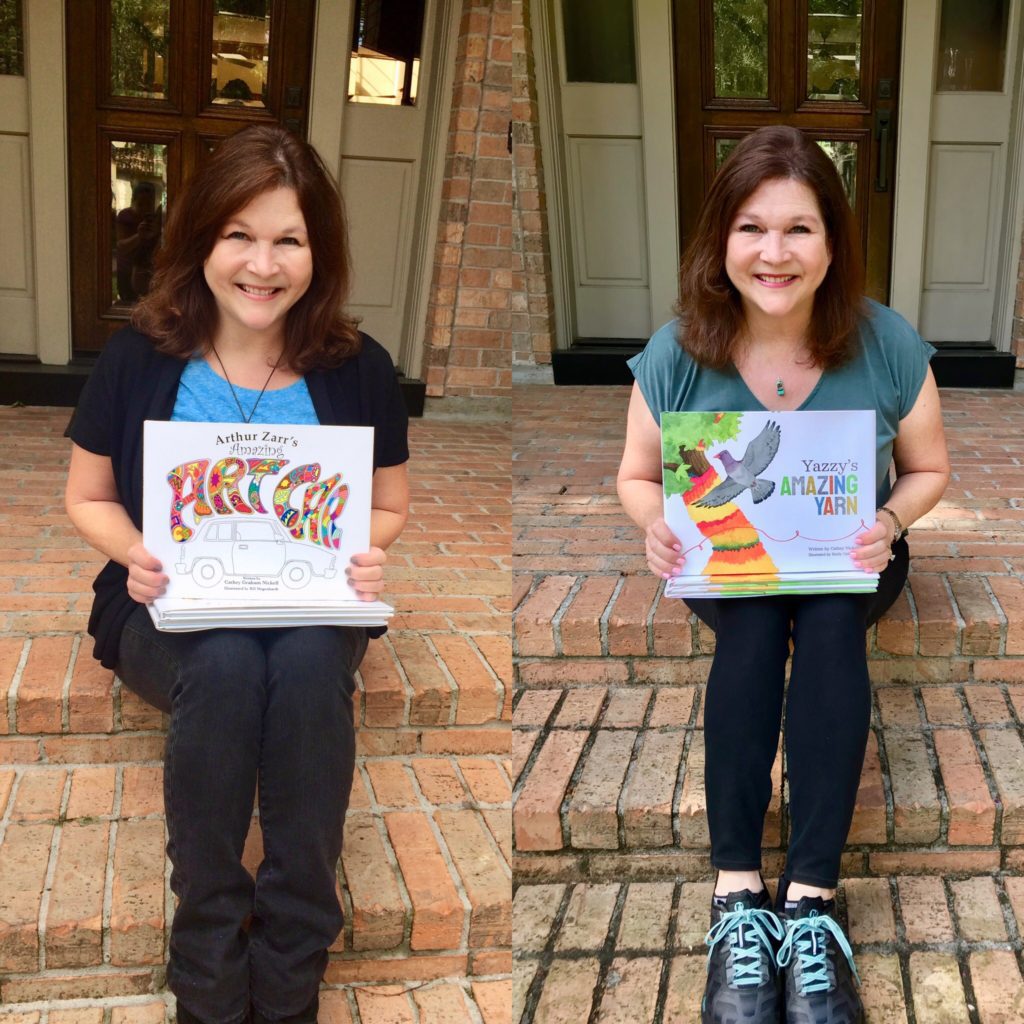
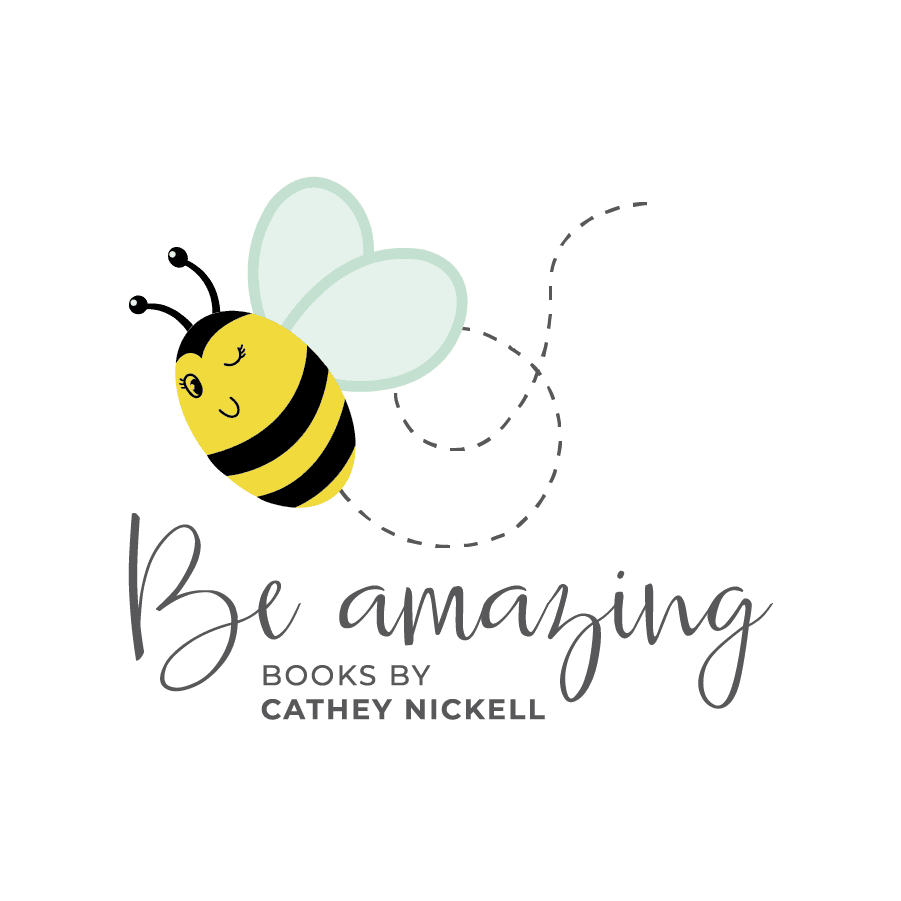
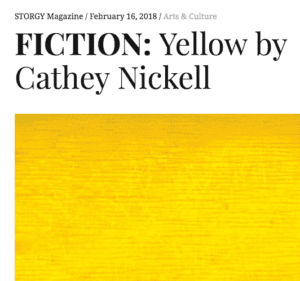
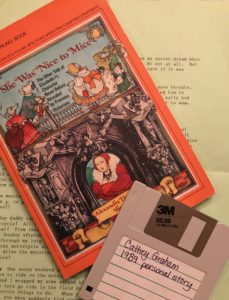
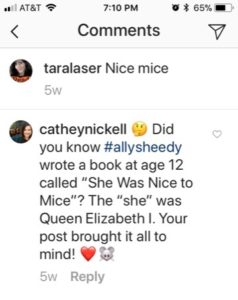
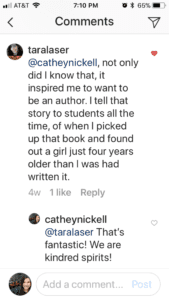
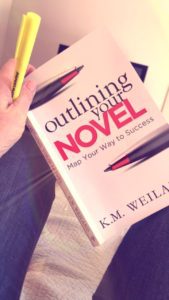
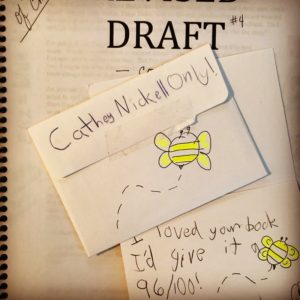
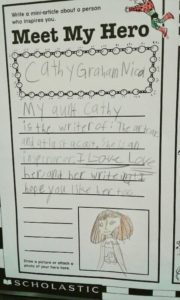
 For me, I think it was a large dose of false confidence that propelled me into action on my CNN/Lisa-Sinicki-inspired comic-strip-drawing day. I finished my masterpiece, and I should have quietly filed it away; instead, I sent it to The New Yorker. Wait, what? Yeah, I did. I guess I wanted to be like my inspiroror—Lisa! Then, I waited. And waited. And then, I got rejected!
For me, I think it was a large dose of false confidence that propelled me into action on my CNN/Lisa-Sinicki-inspired comic-strip-drawing day. I finished my masterpiece, and I should have quietly filed it away; instead, I sent it to The New Yorker. Wait, what? Yeah, I did. I guess I wanted to be like my inspiroror—Lisa! Then, I waited. And waited. And then, I got rejected!
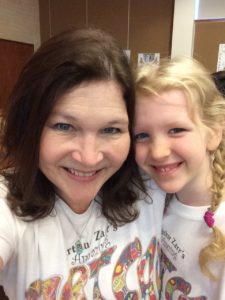
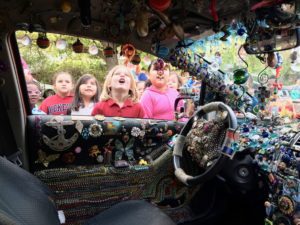
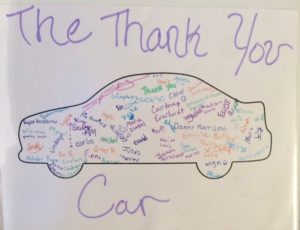
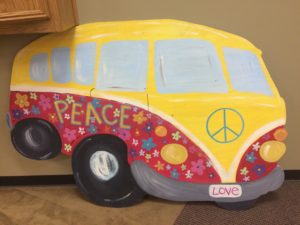
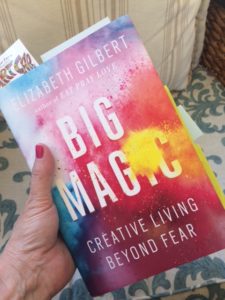
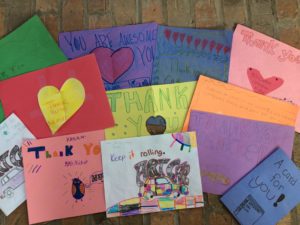
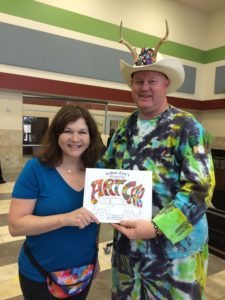
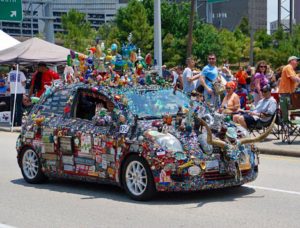
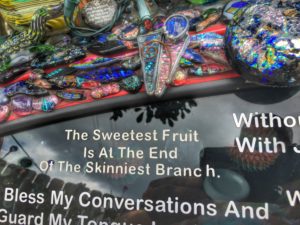
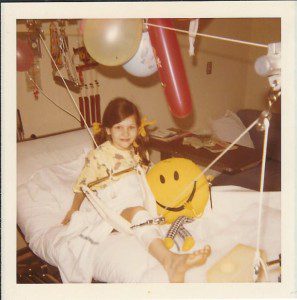
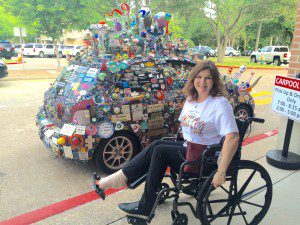

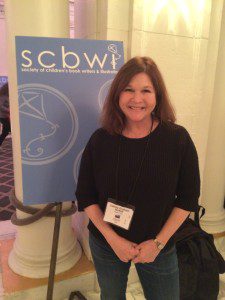
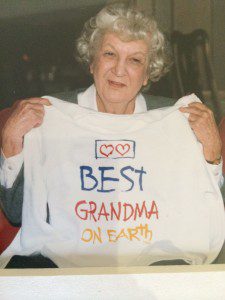
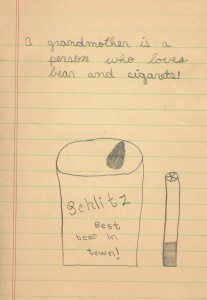


 I have two books under my belt. The first—a historical nonfiction—was published in 2012, with a revision and second printing in 2015. Uniting Faith, Medicine and Healthcare: A 60-Year History of the Institute For Spirituality and Health at the Texas Medical Center was the result of a freelance writing job. A Houston non-profit organization, called the Institute for Spirituality and Health, hired me to conduct interviews, research their annals, and develop a cohesive, historical chronicle of their years from 1955 to 2015.
I have two books under my belt. The first—a historical nonfiction—was published in 2012, with a revision and second printing in 2015. Uniting Faith, Medicine and Healthcare: A 60-Year History of the Institute For Spirituality and Health at the Texas Medical Center was the result of a freelance writing job. A Houston non-profit organization, called the Institute for Spirituality and Health, hired me to conduct interviews, research their annals, and develop a cohesive, historical chronicle of their years from 1955 to 2015.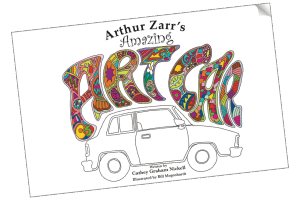 My second book—a children’s picture book—has been an altogether different endeavor. In January of 2014, I came home from carpooling my son to school with a book idea. I sat down at my computer and created Arthur Zarr’s Amazing Art Car. I wrote the first draft in one sitting that took up most of my day. I felt it was an original story, and, after some research, I discovered that it would be the first children’s picture book on the topic of art cars. This led me to various appointments where I discussed my idea with smart, creative people. I considered self-publishing, and most everyone I talked to encouraged me to move forward with this idea.
My second book—a children’s picture book—has been an altogether different endeavor. In January of 2014, I came home from carpooling my son to school with a book idea. I sat down at my computer and created Arthur Zarr’s Amazing Art Car. I wrote the first draft in one sitting that took up most of my day. I felt it was an original story, and, after some research, I discovered that it would be the first children’s picture book on the topic of art cars. This led me to various appointments where I discussed my idea with smart, creative people. I considered self-publishing, and most everyone I talked to encouraged me to move forward with this idea.